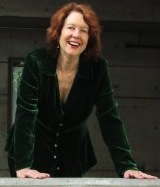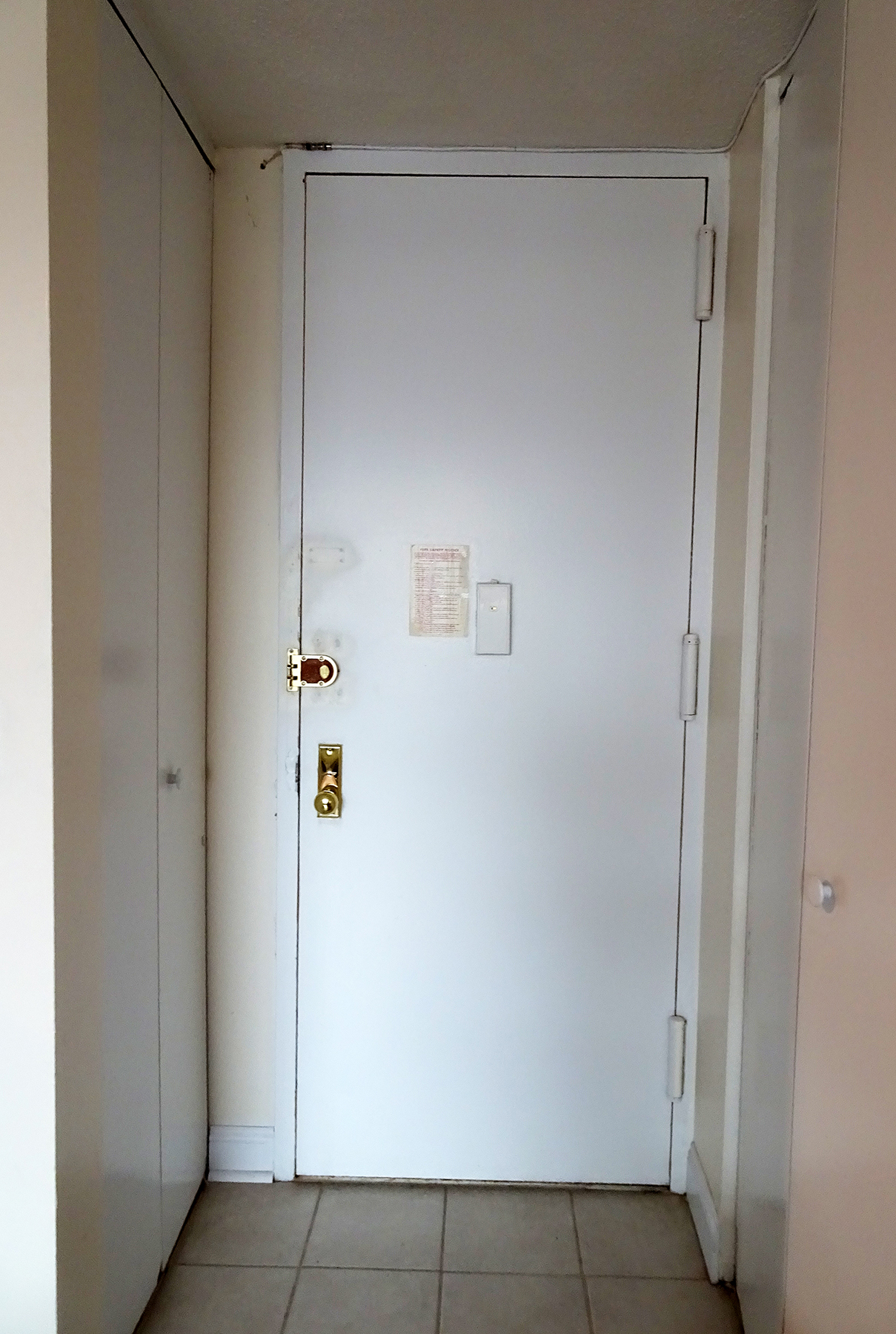
Ground Zero Trauma
by Robert Hieger
I was there when the landmark was reduced to dust,
Flames shooting upward and outward from one tower,
Licking the darkened sky as I looked outside my window,
Witnessed twin flames erupting from its sibling.
The flutter of the heart, the bang of explosions—
All melded into one hyper-real flash of awakening.
A chorus of sirens growing in number, reaching crescendo,
Shot down southbound avenues, wailing mournfully.
Separated from my sister by a matter of 4-5 blocks,
I worried about her well-being, knowing not what to expect.
My cell phone rang (before they became useless that day).
My sister, suggesting we meet at a neighborhood coffee shop.
A short time later, we sat in disbelief, having breakfast,
Coping with knotted stomachs trying to take in food,
Watching the Twin Towers on television crumpling to the
Ground, over and over again, like fallen giants.
All those people…all those people tumbling down,
The growing smell of fire mingled with death,
Breathing in the dust of people…who knew how many?
The creeping sensation of fear, uncertainty, dread.
The Towers never really roused admiration in me.
Above and beyond the engineering genius, they were
Two dumb buckteeth at the foot of the island
Biting the sky with self-congratulatory contentment.
As the morning wore on, a caravan of fleeing survivors,
Clothed in dust and toxins from what was then Ground Zero,
Running north up southbound Second Avenue,
Washing the grime from their faces with bottled water.
Venturing outside the isolated shelter of my apartment,
I felt myself living an unsought and unwelcome adventure.
Poor air quality forced me to wear a face mask.
All this did was amplify the sensation of breathing in toxins.
In the days and weeks to come, realities of a war zone set in.
I lived a few blocks north of my sister, but these became miles.
I was above Houston, she below a couple of blocks. Police barricades
Barred the passage, and she was required to identify me.
On Wall Street tanks guarded all entry points.
National Guard patrolled the palaces of money day and night.
The Stock Market ground to a halt and contemplated oblivion,
Investors banned for a time from their domain.
I aimlessly wandered the streets of my neighborhood, trying to get a
Grip on reality, running into friends doing the same, also encountering
People who I did not know at all, asking kindly how I was and
Offering me bottled water from an ice chest under their tables.
For many weeks, sleep was an estranged companion to me.
Even coping with fear did not eliminate the feeling of isolation.
Inconsolable malaise became my nightly companion,
The one saving grace my beloved cat, Lazuli, who consoled me.
Gradually Lower Manhattan, a shadow of its former self,
Hoisted itself painfully to its feet and began to walk again.
I followed suit, even venturing to survey Ground Zero, watching
Countless trucks carting away tremendous mounds of debris.
I could never get closer than two or three blocks away,
But even this distance revealed the nightmare in full color.
Still some of the smell of fire lingered in the rubble.
Gradually (nine months) Ground Zero became a construction site.
First came a temporary train station for the PATH trains into New Jersey,
After many months of haggling, the slowly forming foundation of WTC 1, then
The new Calatrava WTC Transportation Hub, finally the Memorial Museum,
A contentious reimagining of the site viewed by many as a burial ground.
More than 13 years passed before the mainstays of the complex became a new
Landmark, sprouting fledgling structures, some of which are still not complete.
The new WTC 1 is more compelling than its fallen predecessors, more imaginative,
Yet I still feel a stubborn pride, perhaps hubris that drove the new tower into the sky.
I visited the 9/11 Memorial Museum some months after it officially opened.
Though the steep ticket price angered me, I was pleasantly surprised
With a multifaceted and balanced representation of all views and feelings
About the events of that tragic broken landmark become burial ground.
We have a new and growing landmark nearing completion, yet riddled
With conflicting opinion of how the site should be completed.
Functioning, yet functioning, this site mirrors my inner unrest, is my
Analog of cognitive dissonance with which I wrestle daily.
I still often have trouble sleeping at night. I don’t fear terrorists. I fear
Malignant and one-sided vengeful thought that started September 12, 2001,
And hasn’t yet subsided. I fear hate we turn inward against ourselves. And I fear
That the hidden threat lies dormant on our own shores, among our own people.
PHOTO: 911 Memorial Fountain in the World Trade Center site, New York City, by Brett Critchley, used by permission.

NOTE FROM THE AUTHOR: The World Trade Center in New York City has always been a major landmark. In the wake of these massive buildings, and all for which they stood, a myriad of personal stories arise. Families of survivors whose grief can never be quelled, and whose questions might never be answered, have a compelling personal narrative. Almost anyone living in New York City at the time knew someone or had a friend who knew someone who perished in the original Twin Towers. My own narrative was and still is profoundly influenced by both the original landmark and the current-day World Trade Center complex. The arc of the story between the destruction of the old and the near completion of the new World Trade Center site mirrored an evolving narrative for me—one originating in shell shock and evolving to one of introspection.
PHOTO: 9/11 Memorial Museum, New York City., showing a support beam from the World Trade Center signed by first responders and others. Photo by Wisconsin Art, used by permission.

ABOUT THE AUTHOR: Robert Hieger has been involved in the performing arts since childhood. He continues to perform in New York theatrical venues with DADAnewyork and the Wycherly Systers. He has toured with The Living Theatre, though not so much during these masked days. In 2011, he graduated Summa cum Laude from the CUNY BA program as a Thomas W. Smith Fellow, with a concentration in Integrated Web Applications and Design. In 2017, he earned an MS in Integrated Digital Media from NYU Tandon School of Engineering. He maintains a blog of his poetry at logosdifferentia.com. A contributor to Maintenant, a Journal of Contemporary DADA Writing and Art, he posts frequently on quora.com. Selected academic writings including his Masters Thesis, IntuCogita: Creating an Online Alternative to Deeply Entrenched Competitive Learning Models, which may be found at roberthieger.academia.edu/research#papers.
Author photo by Lori Styler.


















 NOTE FROM THE AUTHOR: I have many stories about how I — a Chicagoan who loves Chicago and has lived here all my life — fell in love with the Yankees and remain in love. The deepest reason is
NOTE FROM THE AUTHOR: I have many stories about how I — a Chicagoan who loves Chicago and has lived here all my life — fell in love with the Yankees and remain in love. The deepest reason is 








